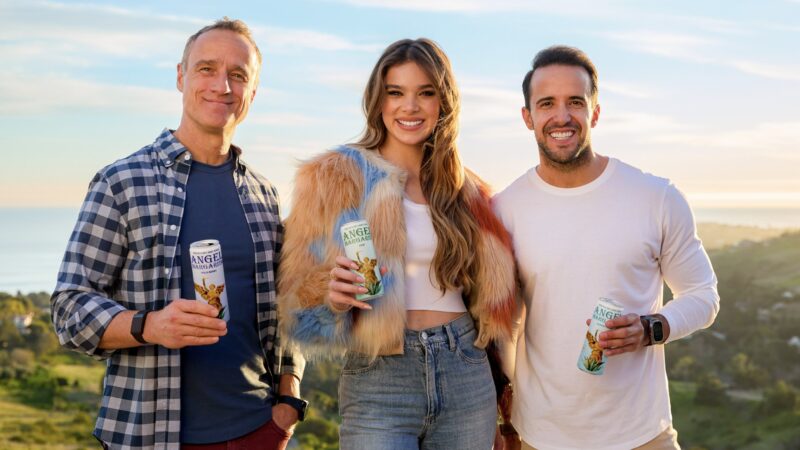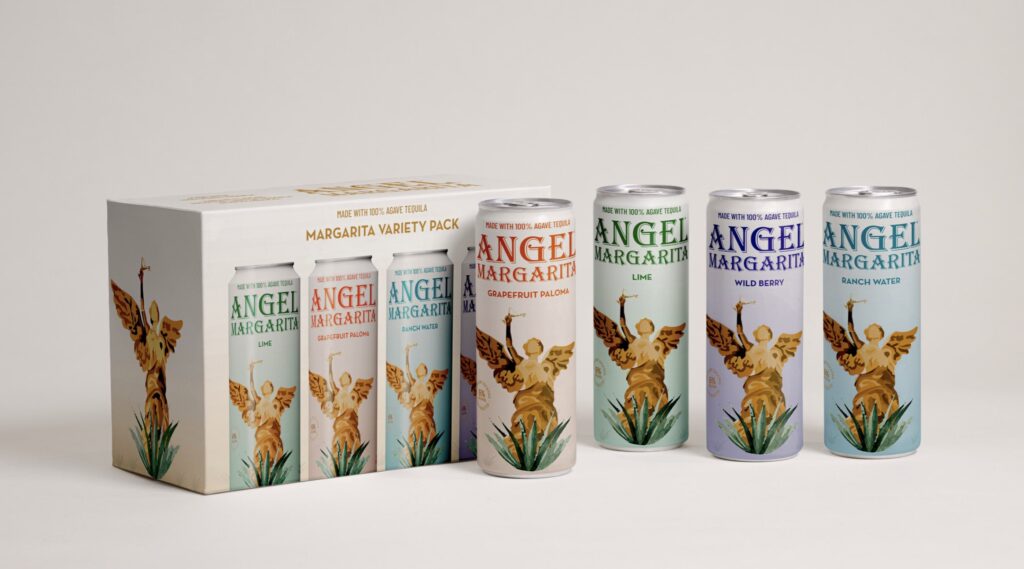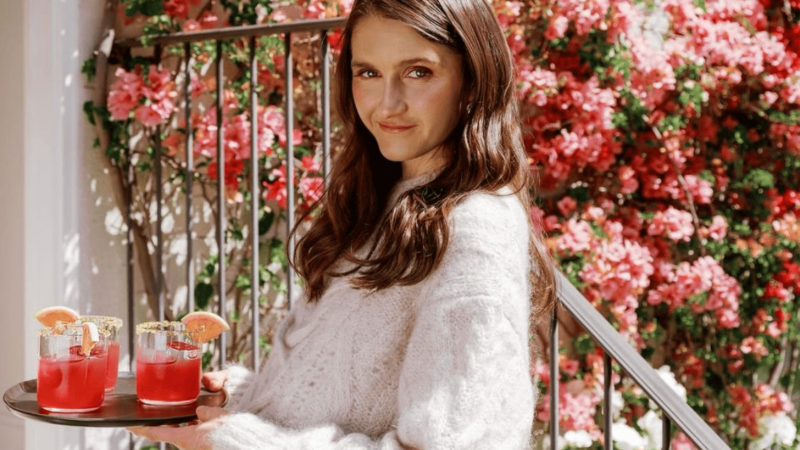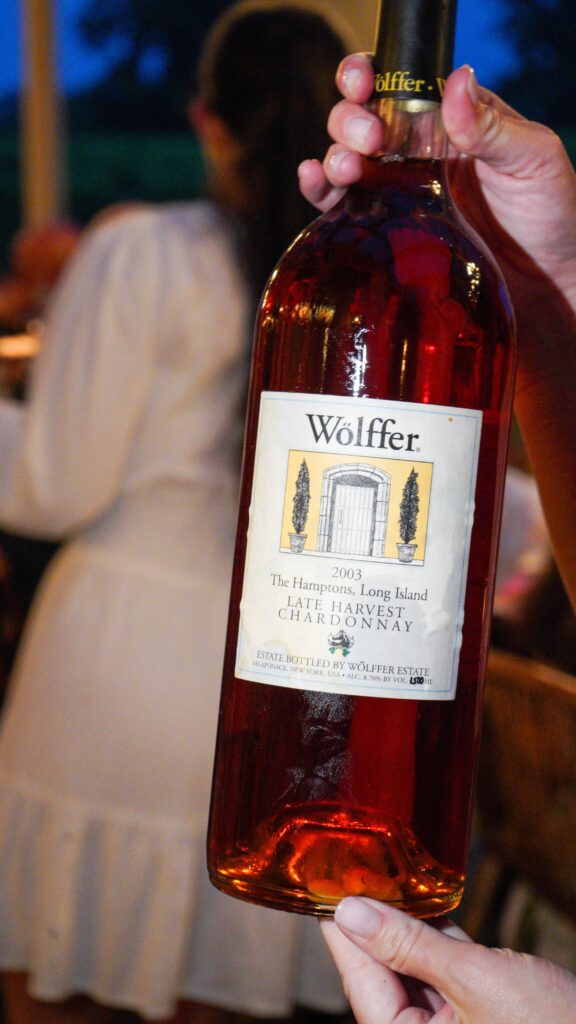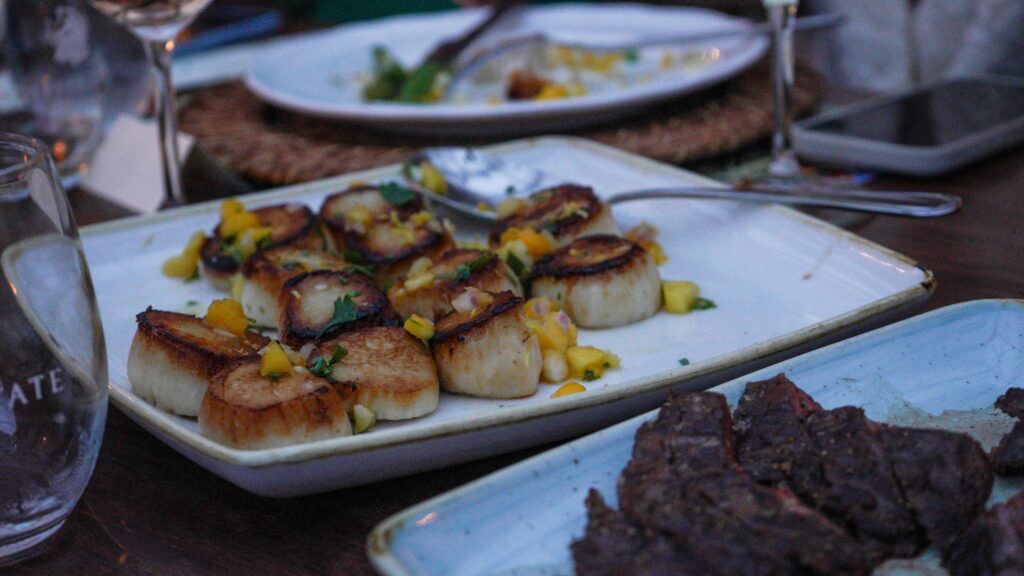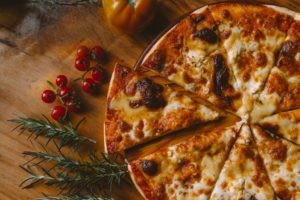Broadway lights, Harlem hustle, and now—Taraji P. Henson’s Moscato on the open ocean.
The Emmy-nominated, Oscar-nodded powerhouse and entrepreneur has teamed up with Princess Cruises to bring her celebrated Seven Daughters Moscato to the brand’s exclusive Love Lines Premium Liquors Collection. And while Taraji’s roots are D.C. born, New Yorkers know she’s always brought a Manhattan-level boldness to everything she touches—whether it’s a red carpet or a wine glass.
“Seven Daughters is more than just a bottle of wine; it’s a celebration in a glass,” Henson shared. “Our Moscato is inviting, refreshing, and perfect for moments of connection which is what makes this partnership with Princess Cruises so amazing. Now we can experience this feeling with people from around the world, whether they’re toasting under the stars or relaxing on the open sea.”
That connection is something every New Yorker craves—especially when escaping the city’s breakneck pace for a well-earned recharge. With Princess Cruises offering sailings from the Brooklyn Cruise Terminal, it’s never been easier to trade the city skyline for an ocean horizon—glass of Henson’s Moscato in hand.
Featuring notes of tropical fruit and honeysuckle, Seven Daughters offers the kind of bright, celebratory flavor that fits perfectly between a jazz brunch in the West Village and a rooftop toast in Midtown. Now, thanks to Princess Cruises, it’s also a go-to at sea.
“Princess Cruises is committed to curating distinctive, high-quality experiences for our guests, and Seven Daughters aligns seamlessly with that vision,” said Sami Kohen, Vice President of Food and Beverage at Princess Cruises. “Taraji’s Moscato reflects a bold yet approachable style that we know our guests will love.”
Henson’s wine joins an all-star lineup of bottles in the Love Lines Premium Liquors Collection, which includes Jason Momoa and Blaine Halvorson’s Meili Vodka, Camila and Matthew McConaughey’s Pantalones Organic Tequila, Blake Lively’s Betty Booze and Betty Buzz, Liev Schreiber’s Sláinte Irish Whiskey, Jason Aldean’s Melarosa wines, Romero Britto’s Love Prosecco, and Kylie Minogue’s No Alcohol Sparkling Rosé.
But Henson’s addition feels especially New York in spirit—sophisticated, stylish, and full of character. For city dwellers looking to trade the subway for a stateroom, Seven Daughters is an invitation to unwind without leaving the energy behind.
As Strategic Advisor and Creative Collaborator, Henson has helped shape every aspect of the wine’s personality, much like she’s done with her most iconic roles. And just like New York, this Moscato is lively, expressive, and impossible to ignore.
Whether you’re a downtown art dealer, an Upper East Side socialite, or a Brooklyn creative looking to unplug, a Princess cruise with a glass of Taraji’s Moscato might be just the blend of luxury and leisure you didn’t know you needed.
So the next time you’re booking a departure from NYC, remember: this isn’t just another cruise. It’s a chance to sip something special—with a side of Taraji—and toast to life beyond the grid.
Find out more about the Love Lines Premium Liquors Collection and upcoming sailings at www.princess.com.















